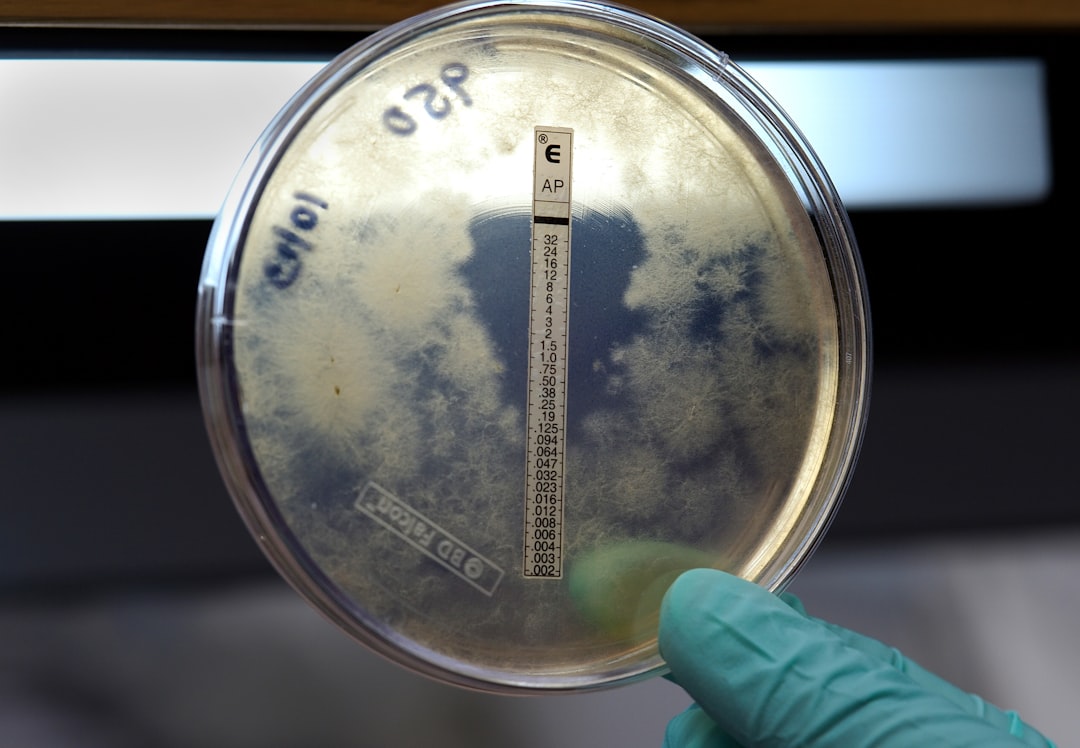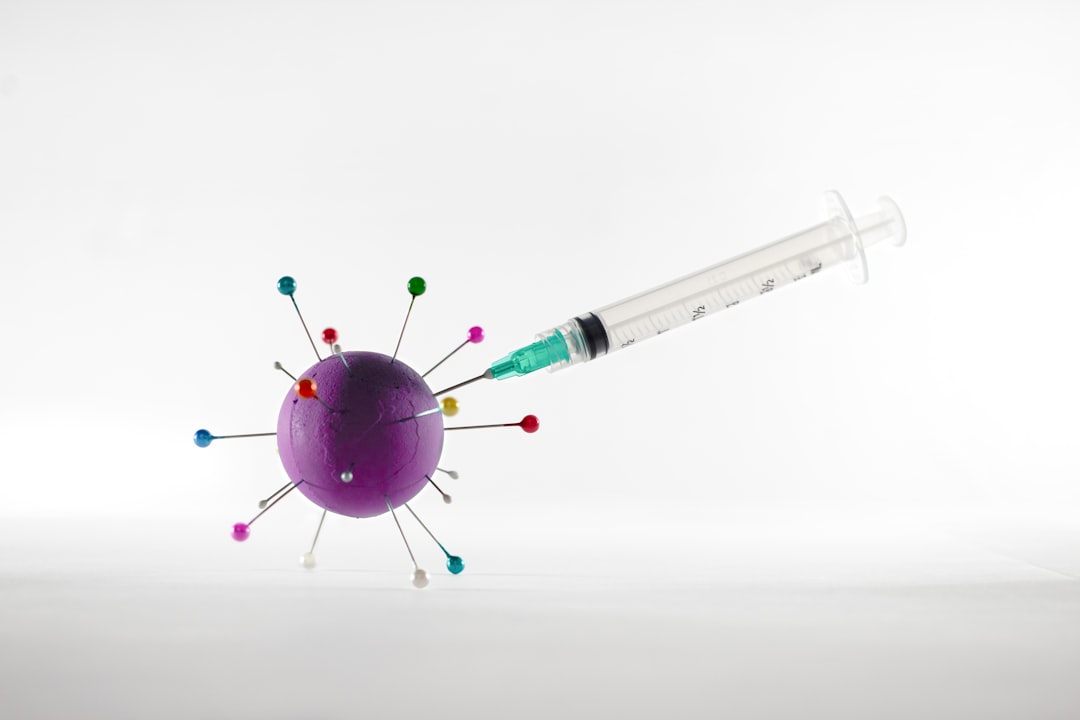What is it about?
Glycogen is a large molecule synthesised by animals (including humans) as a blood-sugar reservoir. It storers glucose after meals and slowly releases it when we need energy. We have discovered that the molecular structure of this is different in healthy vs. diabetic animal models for diabetes. Understanding the origins and effects of this is leading to novel types of drug targets for this disease.
Featured Image
Why is it important?
Diabetes is a growing scourge. Improved medications are essential for those who contract this disease to help them, and to prevent it becoming full-blown when it is detected early. These work opens a new way of finding such drugs.
Read the Original
This page is a summary of: Impairment of Liver Glycogen Storage in the db/db Animal Model of Type 2 Diabetes: A Potential Target for Future Therapeutics?, Current Drug Targets, September 2015, Bentham Science Publishers,
DOI: 10.2174/1389450116666150727123115.
You can read the full text:
Contributors
The following have contributed to this page










